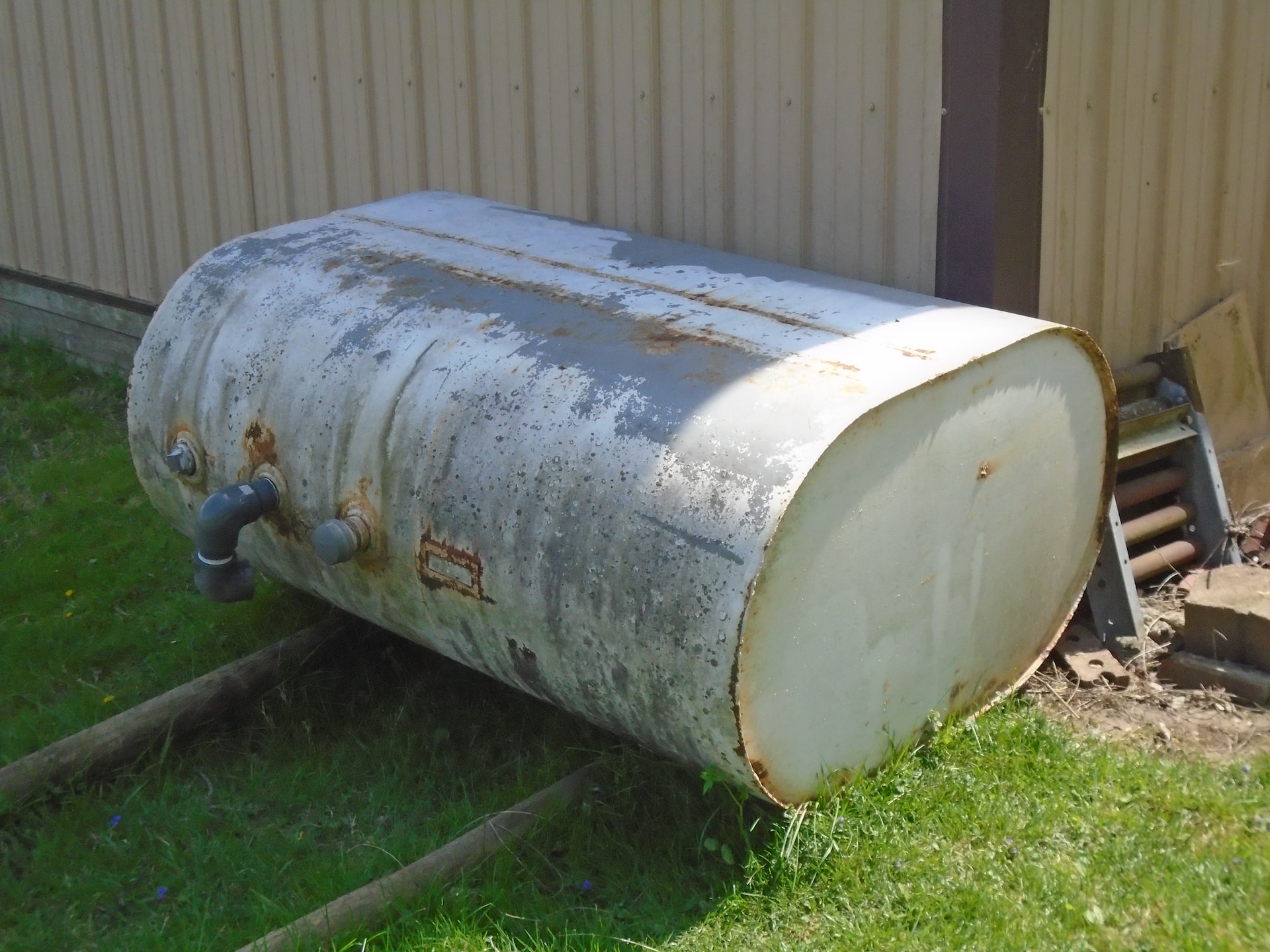Before you install an oil tank, you should consider its size and location. In addition, it is crucial to place the tank at a distance of at least five feet from fuel-fired appliances. It is also essential to install the tank in a way that allows inspection from all sides. Also, you should leave four inches of clearance between the tank and the floor or wall. Finally, your tank installation also needs to be safe and functional.
Installing a new oil tank
Adding a new oil tank to your home can improve the performance of your heating system. However, getting the proper permit for the job is important first. You must first register the new oil tank with the Department of Health. You must also provide three copies of a survey showing the location of the new oil tank. Additionally, you must obtain a plumbing permit from a licensed plumber or an oil tank company.
If you’re unsure where to place the oil tank, you can enlist the services of a professional company that has been in business for more than 30 years. These companies offer expert installation and customer service to ensure your complete satisfaction. Additionally, they provide tank removal, oil disposal, and excavating services.
Permit requirements
The oil tank installation Westchester County, NY must be registered with the Department of Health. To get an oil tank registration, you must submit three copies of a survey showing the location of the tank. Additionally, you must obtain a plumbing permit from the oil tank company or a licensed plumber.
Permits are required for aboveground, stationary, and underground storage tanks. The Department administers the Petroleum Bulk Storage Program (PBS) based on a delegation from the NYSDEC. The Department also administers the Gasoline Dispensing Sites (GDS) program and the Transport Vehicles Code. Regulated facilities must register, monitor, and remedy code violations.
Cost
If you’re planning to install an oil tank in your home, you’ll need the equipment necessary. These tanks are regulated and must be registered with the Department of Health. This is essential if you’re planning to store more than 1,100 gallons of oil.
Having an oil tank installed in your home will improve the performance of your heating system and prevent frequent maintenance from becoming a chore. It is a worthwhile investment that will help keep you and your family warm while reducing your heating bills. An installation is essential.
Insulation
When you need to install oil tank insulation, there are some things you need to know. First, you should know what type of insulation best meets your needs. Different materials have different thermal properties, so the insulation thickness should be adjusted accordingly.
You also need to consider the location of the oil tank. If it’s on a flat, sloping surface, you must ensure it’s not too close to any trees or structures. In addition to insulation, you should bury the fuel lines underground, which acts as an insulator.
Heating oil additives
Heating oil additives can reduce the amount of sludge and other impurities in your heating oil. They also help the oil flow through a filter without clogging. As a result, your tank will run more efficiently. However, using heating oil additives should be done cautiously and only by professionals. These additives may cause problems if they are not used correctly or mixed with other substances.
In addition to using heating oil additives, you should consider installing a shed or housing for your heating oil tank. This will help protect your oil tank from the elements and prevent snow from accumulating on its surface. While installing your oil tank, you can consider putting insulation around it and burying the aboveground fuel lines.
Filtration system
A filter is a crucial component of any oil tank installation. The Installation Code requires it for oil-burning equipment, and failing to install a filter could void the warranty on the other parts of the system. In addition, filters are designed to prevent the passage of water, sediments, and debris through the oil.
Oil filter media can be made of polyester, nylon, or glass. They are very tight and can filter out the tiniest contaminants. While cellulose media is inexpensive, it does not remove oil as efficiently as synthetic media. You can use a combination of both types to get the best deal in terms of efficiency and cost.
Ventilation system
When installing an oil tank in your building, make sure that the tank is properly vented. The vents should be at least one-quarter inch in diameter and terminate at least 12 feet above ground level. They must also be placed away from windows and doors. Ensure that you maintain regular inspections to keep them in good condition.
Inspections
Whether you have an aboveground or underground oil tank, it’s essential to have regular inspections. New tanks should have an initial review to ensure they’re functioning correctly and identify potential problems. Different types of tanks require further assessments, and underground tanks must undergo special testing to ensure no harmful toxins are present.
Oil tank inspections are necessary to determine if there is a leak in the installation. Several signs indicate a leak, including a strong oil smell and an oily sheen on storm drains.
Regulations
You should know the regulations if you plan to install an oil tank on your property. Oil tank spills can cause a great deal of damage to the environment. For example, they can destroy trees and pollute waterways. While some home insurance policies cover oil tanks, they are becoming less generous as clean-up costs rise. Additionally, it is your legal responsibility to maintain your oil tank.

